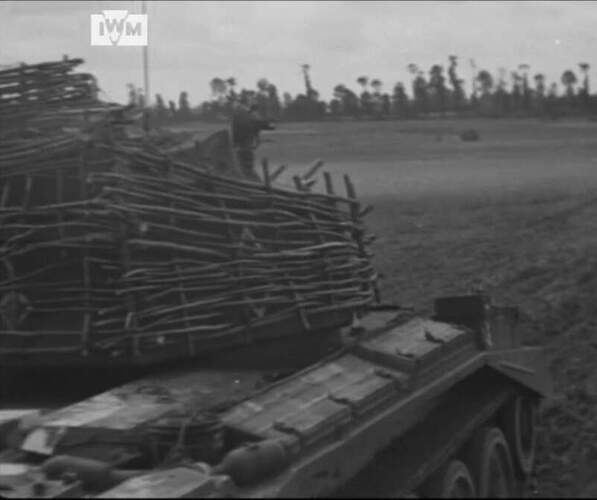@Hohenstaufen , @KurtLaughlin As mentioned, the Russians were given/sold bazookas, and the Germans had HEAT rounds, both valid reasons for them to defend against HEAT ammo, as well as armor-piercing ammo.
Just to confuse things even more as to the Eastern front, the use of ostketten and winterketten forced the Germans to remove the side schurzen from many of their tanks.
Ken
Well, yes that’s kind of the point I was making, perhaps I didn’t express it very well. I think we can all agree that the original purpose was not against hollow charge ammunition, however it was a by-product that was recognised and continued with. Don’t know how significant the issue of 3000 bazookas would be across the whole Eastern Front - perhaps the Russians used them en masse, that would have made the Germans sit up and take notice alright. More likely they were wary of some of the vast number of Panzerfauste made falling into Russian hands. The Thoma style schurzen were just as effective for this use, were lighter and used less steel. The major issue the Germans had (apart from Ostketten of course) seemed to be keeping them on. They always seemed to be falling off if the tank bumped into anything and if they were hit by a HEAT or WHY round, they were a one-time protection, usually so distorted they had to be binned. The Germans were constantly improving the hanging mechanism to try and make them more flexible and less likely to fall off.
I believe the the later Schürzen, according to the panzerworld article were adjustable at how far they were standing of from the side. To allow the Winter and Ostketten to be fitted with the Schurzen as well. So I guess the later Schürzen did not have to be removed.
Panzer IV Schürzen were mounted on the tanks hull by a frame made of angle profiles. These frame was bolted to the hull. the frame stood about 10 cm over the fenders. So there was no need for an adjustable frame. Remember in the time frame German tank production has to be simplifed as much as possible. Later Thoma Schürzen composed of wire material instad of steel plates. And hull Schürzen were simply hung into triangular “teeth” on the framework so that you easily can replace damaged parts.
It’s okay sometimes…
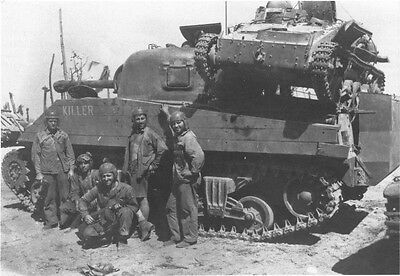
To be used as life-raft?
Assume is to guess, seeing it in the field changes the guesses and uncertainties into hard facts (even if the armour is thin) and certainties 
Ah, so that is how Medium-Light tanks are made…
Whoa. Druidic Wicker Tank.
Few people know the Druids developed effective counter measures against shaped charge explosives at least twenty centuries before everyone else.
@HermannB Do you have any photo’s or articles to show? Because it helps me to understand better and get a picture of what you are telling me. But what I think I understand is. The ‘rails’ where the ‘Schürzen’ were mounted on were fixed to the sides of the tank by triangle beams and they were standing of so far that there was no need to take of the Schürzen. Not when using Winter or Ostketten. Were they easily replacable? Could they be repaired? I’m wanting to get deeper into the topic, because I’m interested to find out.
@barnslayer What is this supposed to mean? Is that a French Renault UE on the back of that tank? It is an tankette in any case. How did they even get that on there? And what tank is it? A Sherman?
@anon87215710 These article, a copy from earlier in ths threat, should answer some questions
https://panzerworld.com/add-on-armor
To answer your second question. Since the pic of the Sherman was taken in the Pacific Theater, I think its some IJA tankette.
These images of a Panzer IV model show Schürzen brackets looked like.
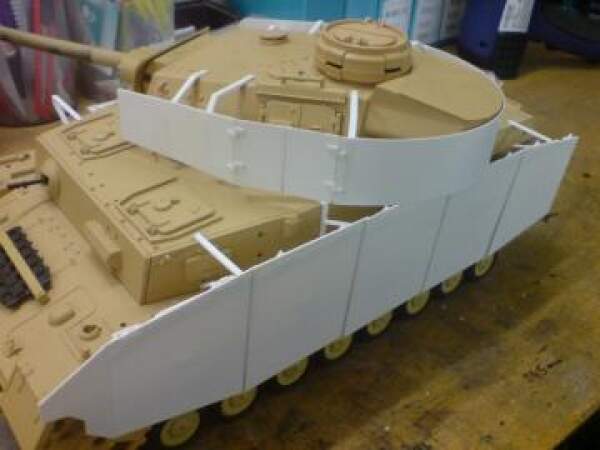
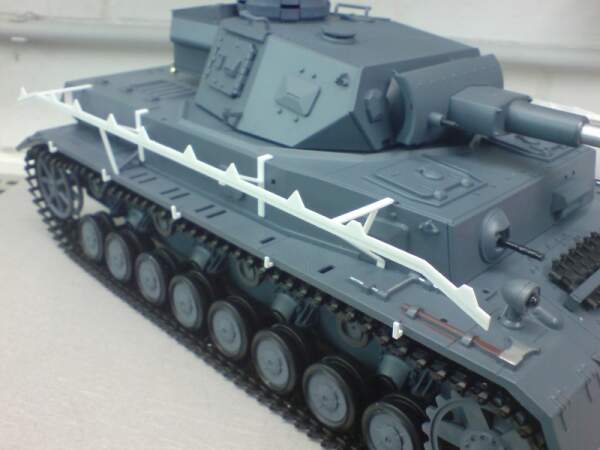

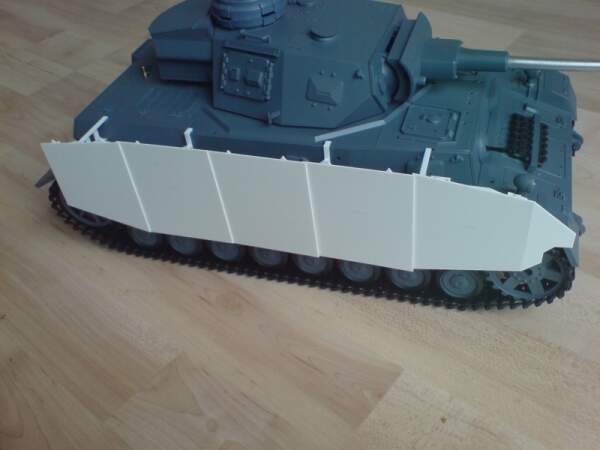
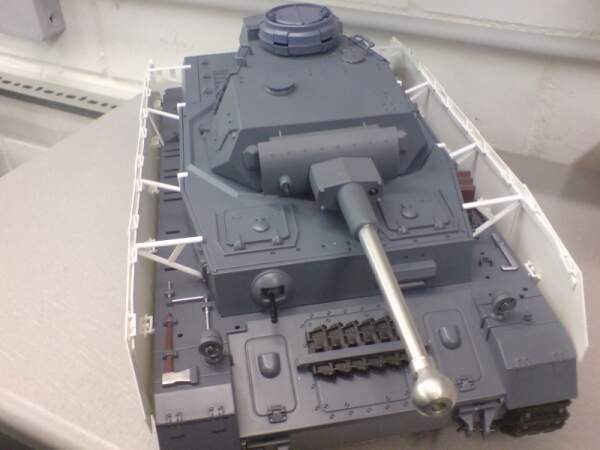
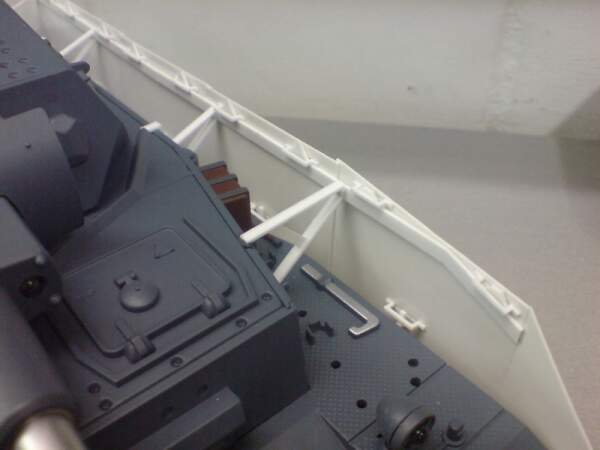
Thank for showing me, you did a great job on the photo’s themselves and the models.
Hi … it would be helpful to tell us your name. And the model is not mine, it is rather an update kit for 1/16
scale Henglong Panzer IV.
Robin said you shouldn’t underestimate your enemy’s equipment. I said sometimes it’s okay. I posted a picture of Marines with their Sherman tank (which has wood plank applied side armor). They took a Japanese tankette as a trophy.
It’s a Type 94 tankette
https://en.wikipedia.org/wiki/Type_94_tankette
Here’s a caption for the period picture : “Kwajalein Atoll. Private First Class N. E. Carling stands beside the American M4 Sherman medium tank “Killer” on which is mounted a knocked-out Japanese Type 94 tankette / light tank.”
H.P.
Okay, now I understand.

